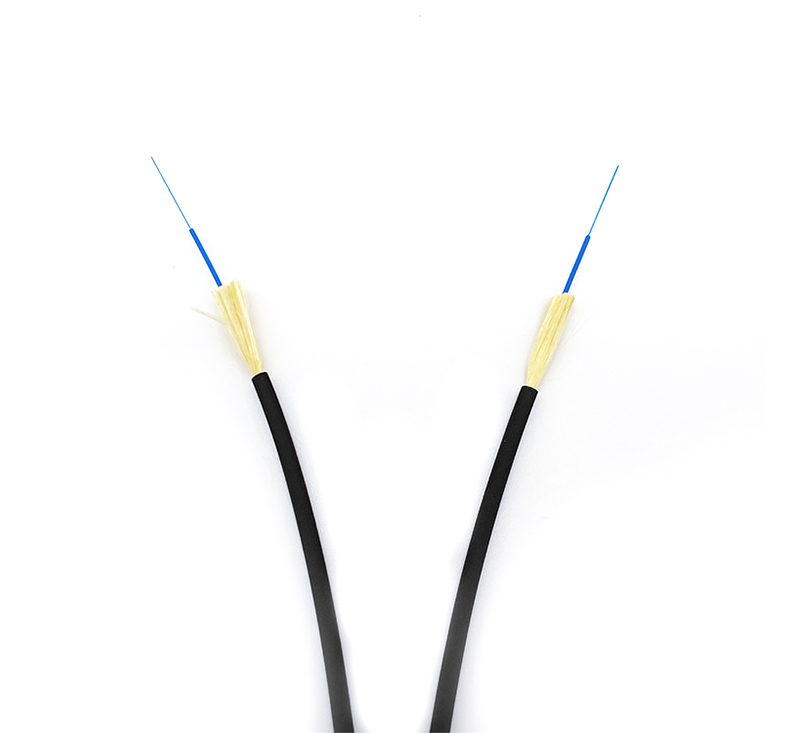Optical modem, also known as single-port optical transceiver, is a product designed for special user environments. It uses a pair of optical fibers to perform single E1 or single V.35 or single 10BaseT point-to-point optical transmission terminal equipment. As the relay transmission equipment of the local network, the equipment is suitable for the optical fiber terminal transmission equipment of the base station and the leased line equipment.

For multi-port optical transceivers, it is generally called "optical transceiver", and for single-port optical transceivers, it is generally used at the user end, and its work is similar to the commonly used baseband MODEM for WAN dedicated line (circuit) networking. Optical Cat", "Optical Modem". Some people often mistake optical fiber transceivers or photoelectric converters as optical cats, which is actually a wrong name.
Optical fiber transceiver is an Ethernet transmission media conversion unit that interchanges short-distance twisted-pair electrical signals and long-distance optical signals. It is also called a photoelectric converter in many places. The product is generally used in the actual network environment where the Ethernet cable cannot cover and the transmission distance must be extended by using the optical fiber, and is usually located in the access layer application of the broadband metropolitan area network; at the same time, it helps to connect the last mile of optical fiber to the metropolitan area. It also plays a huge role on the Internet and beyond.










